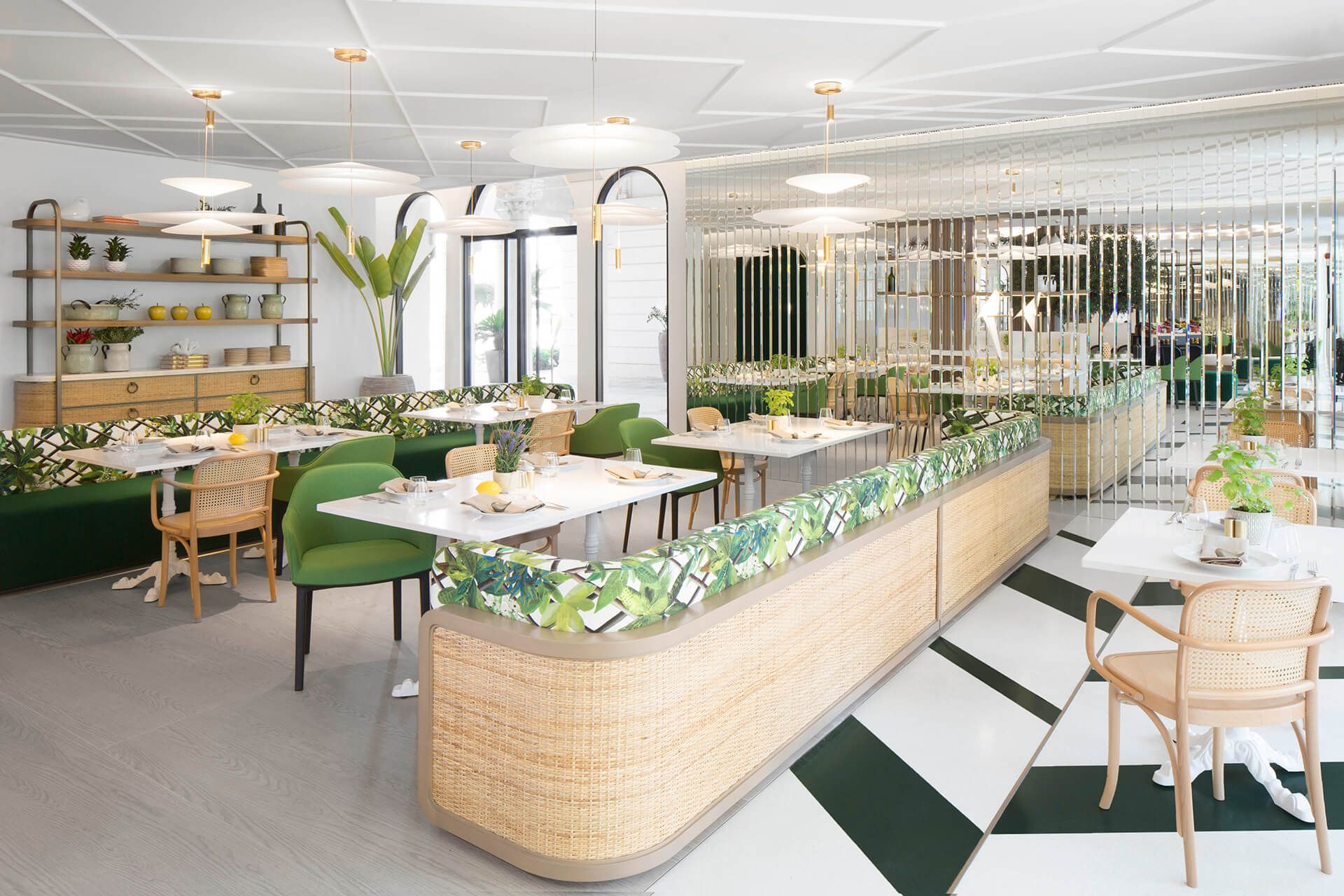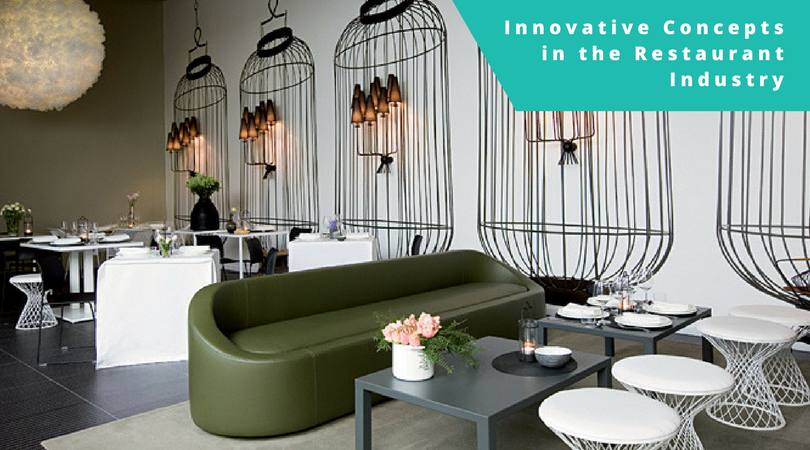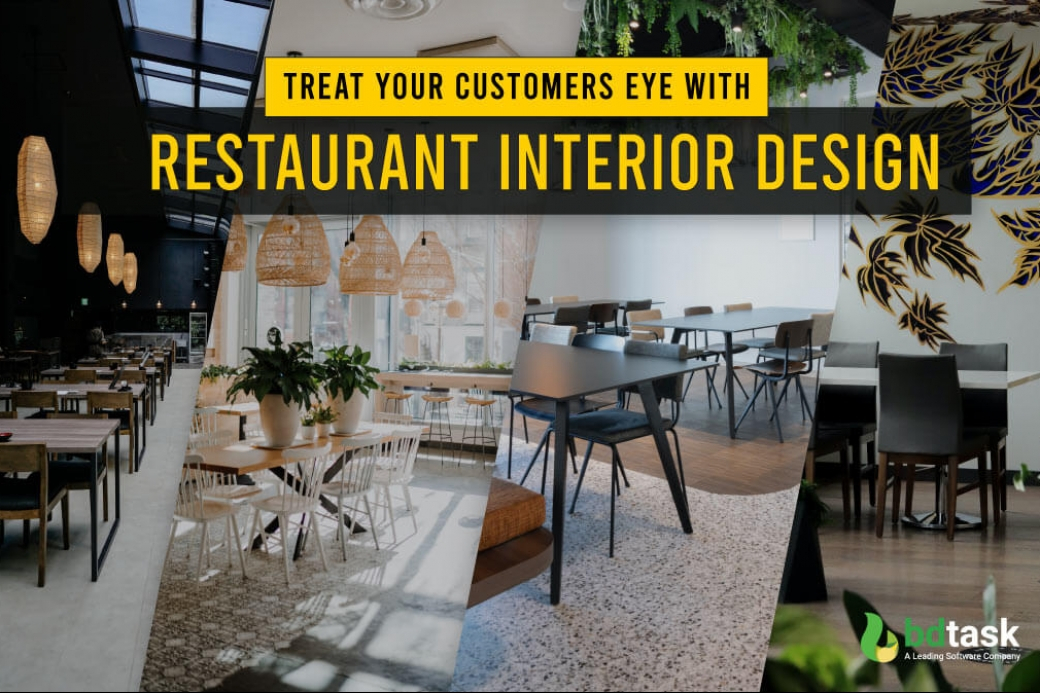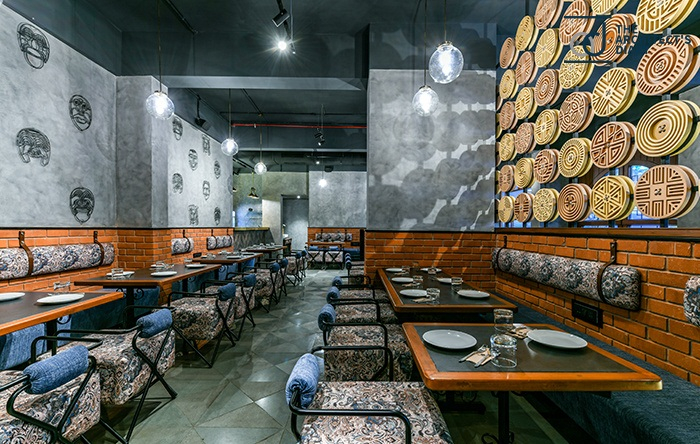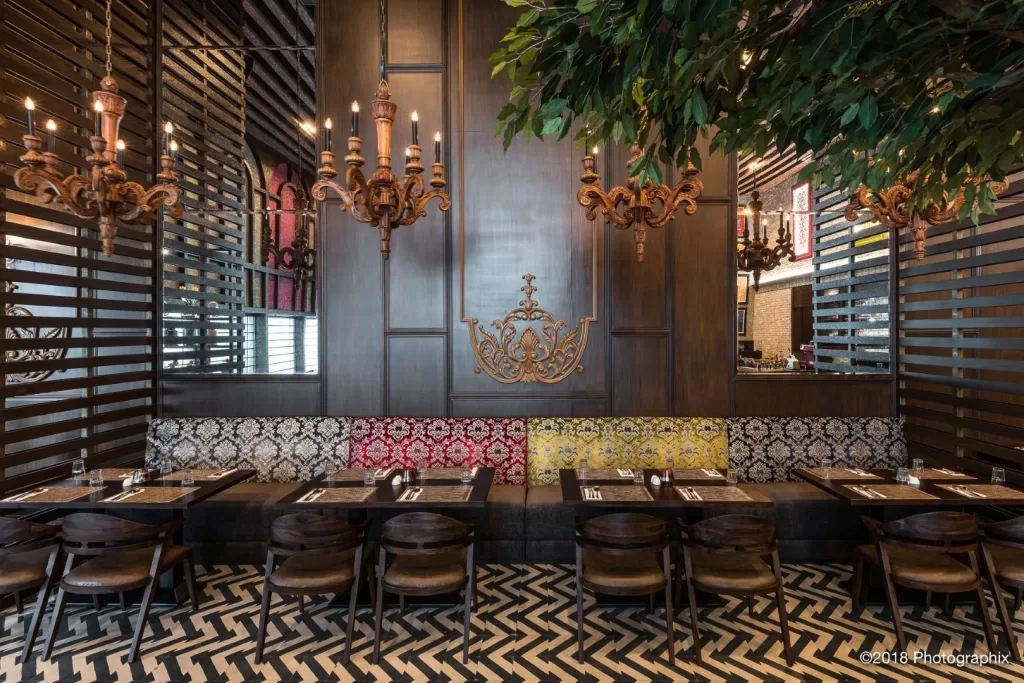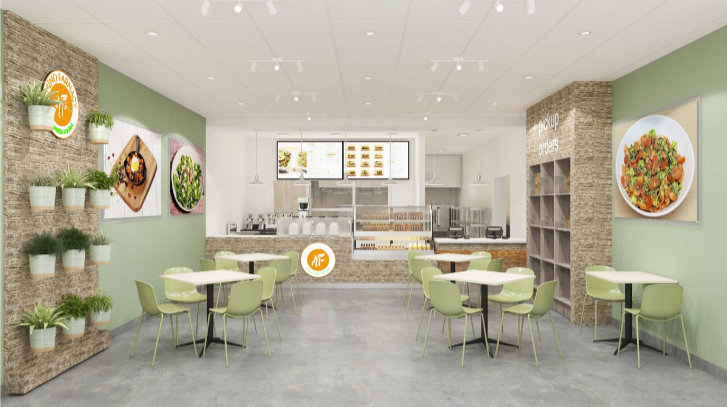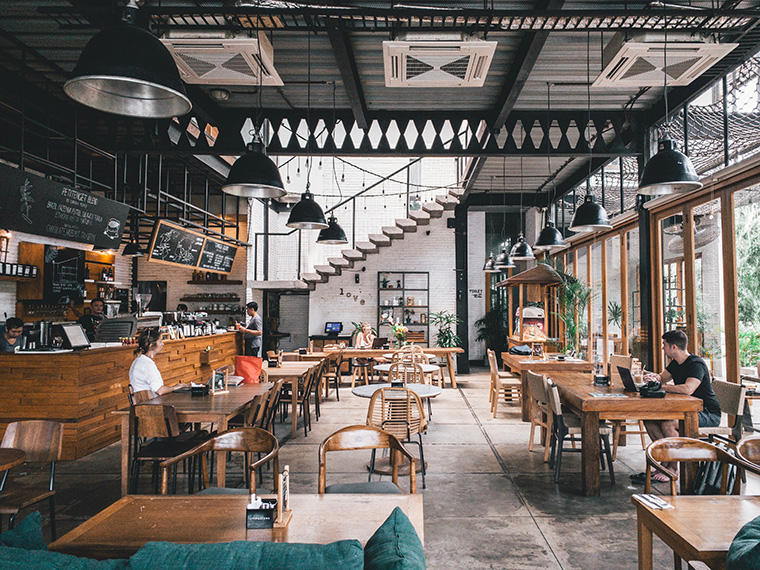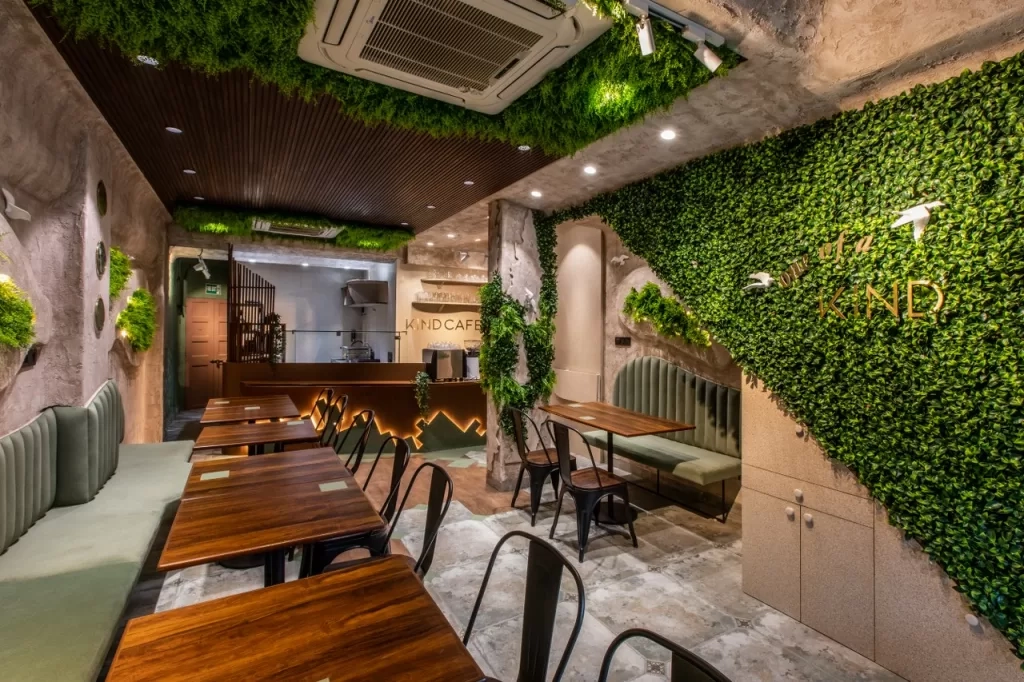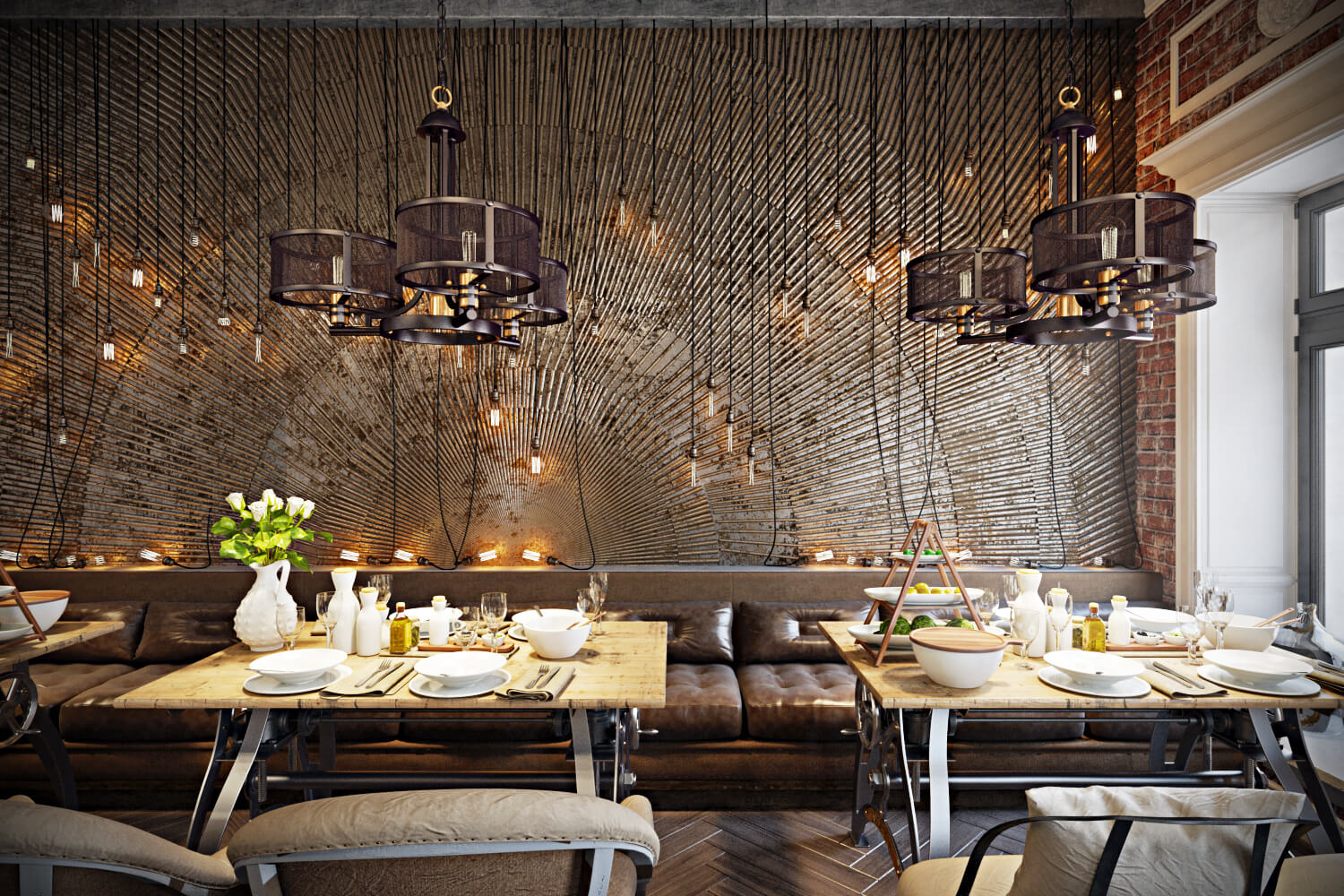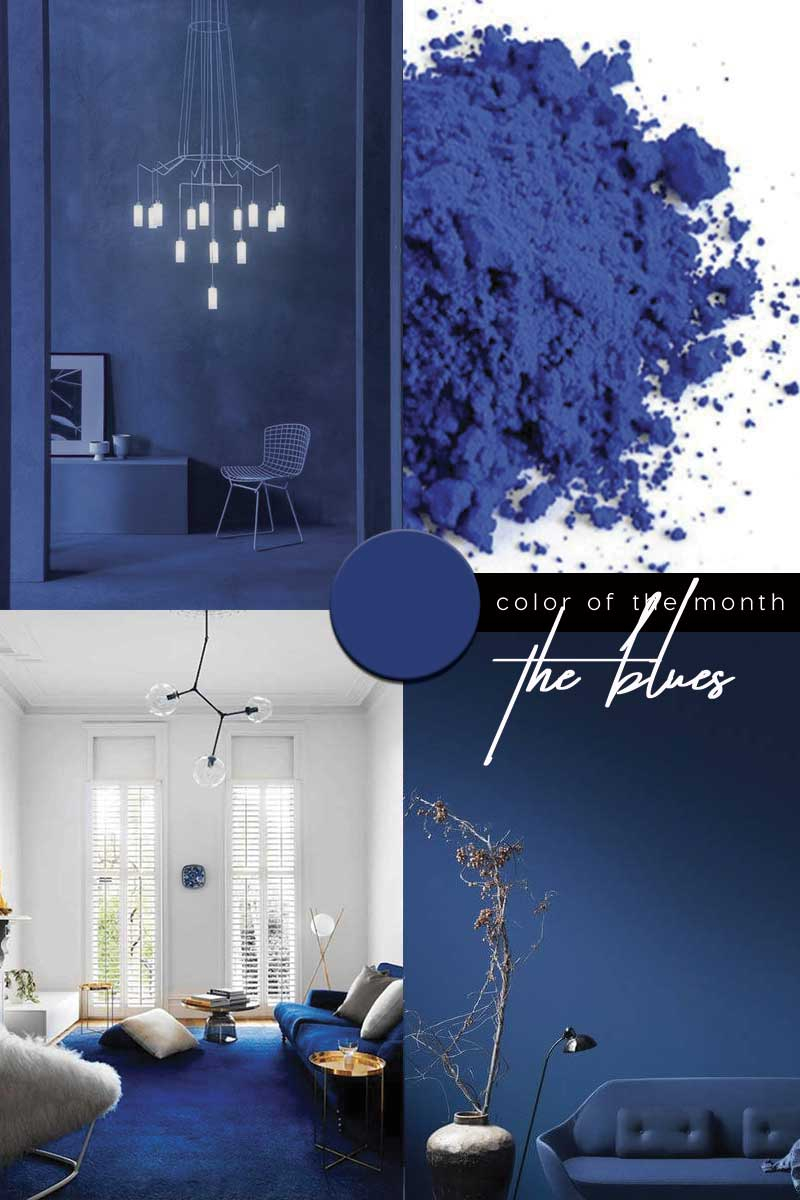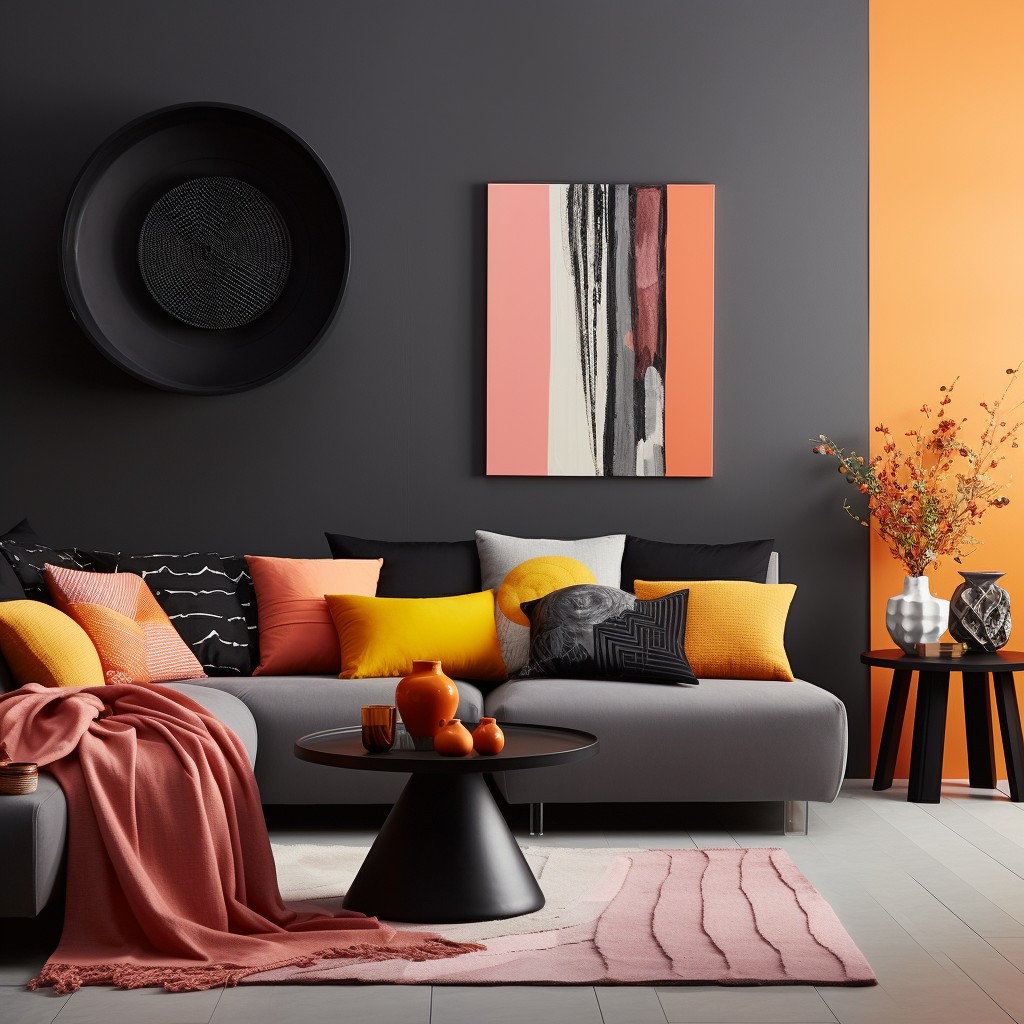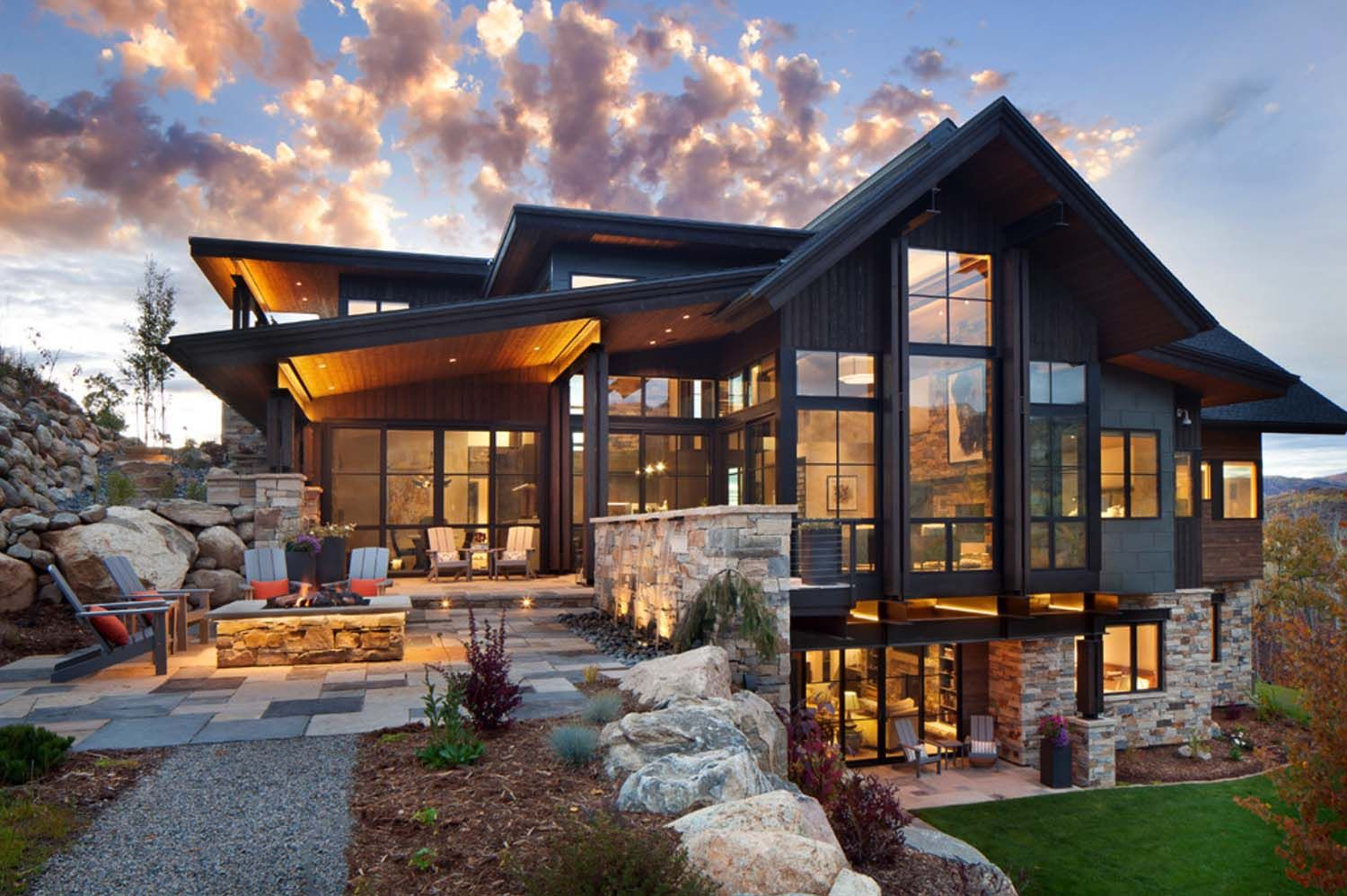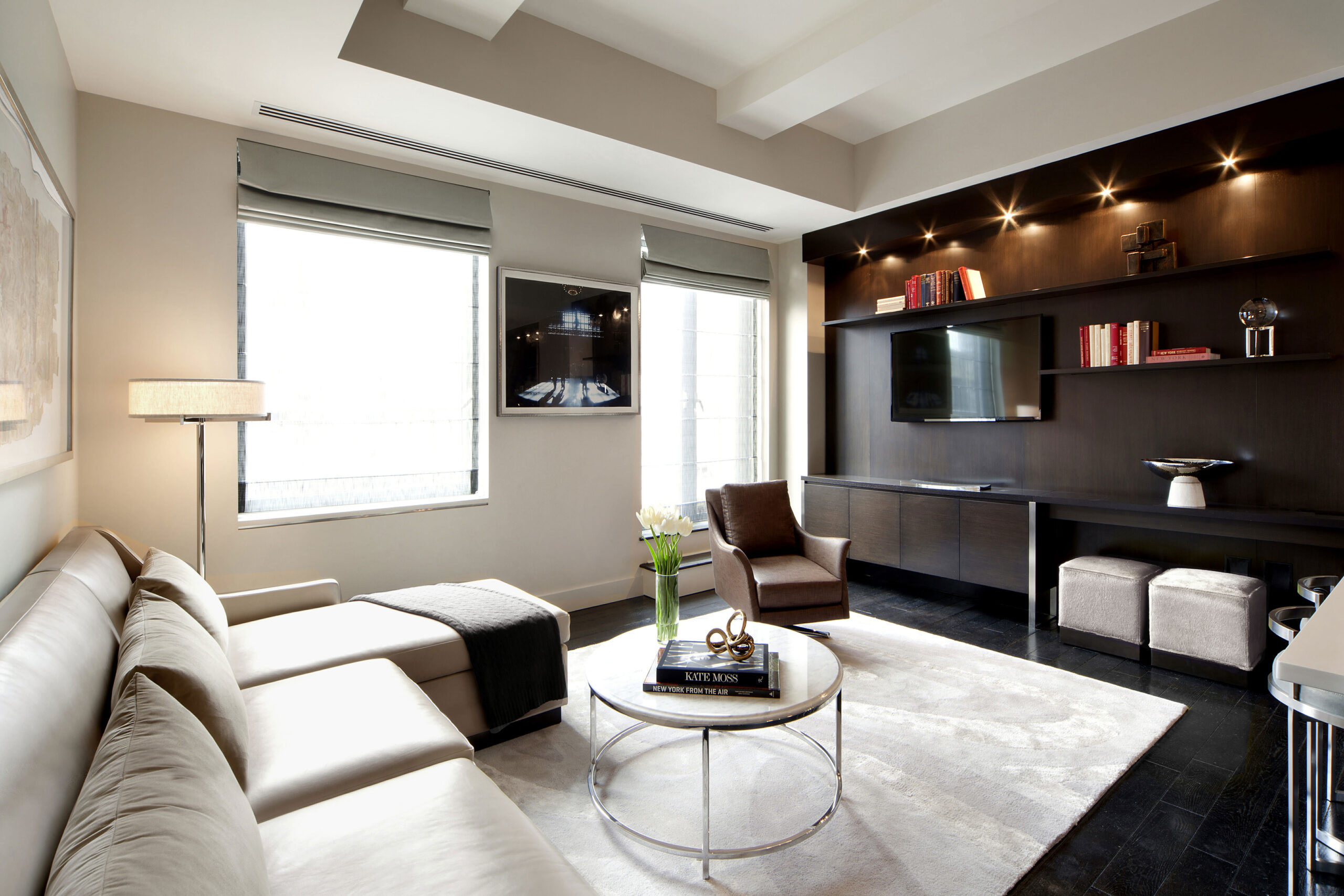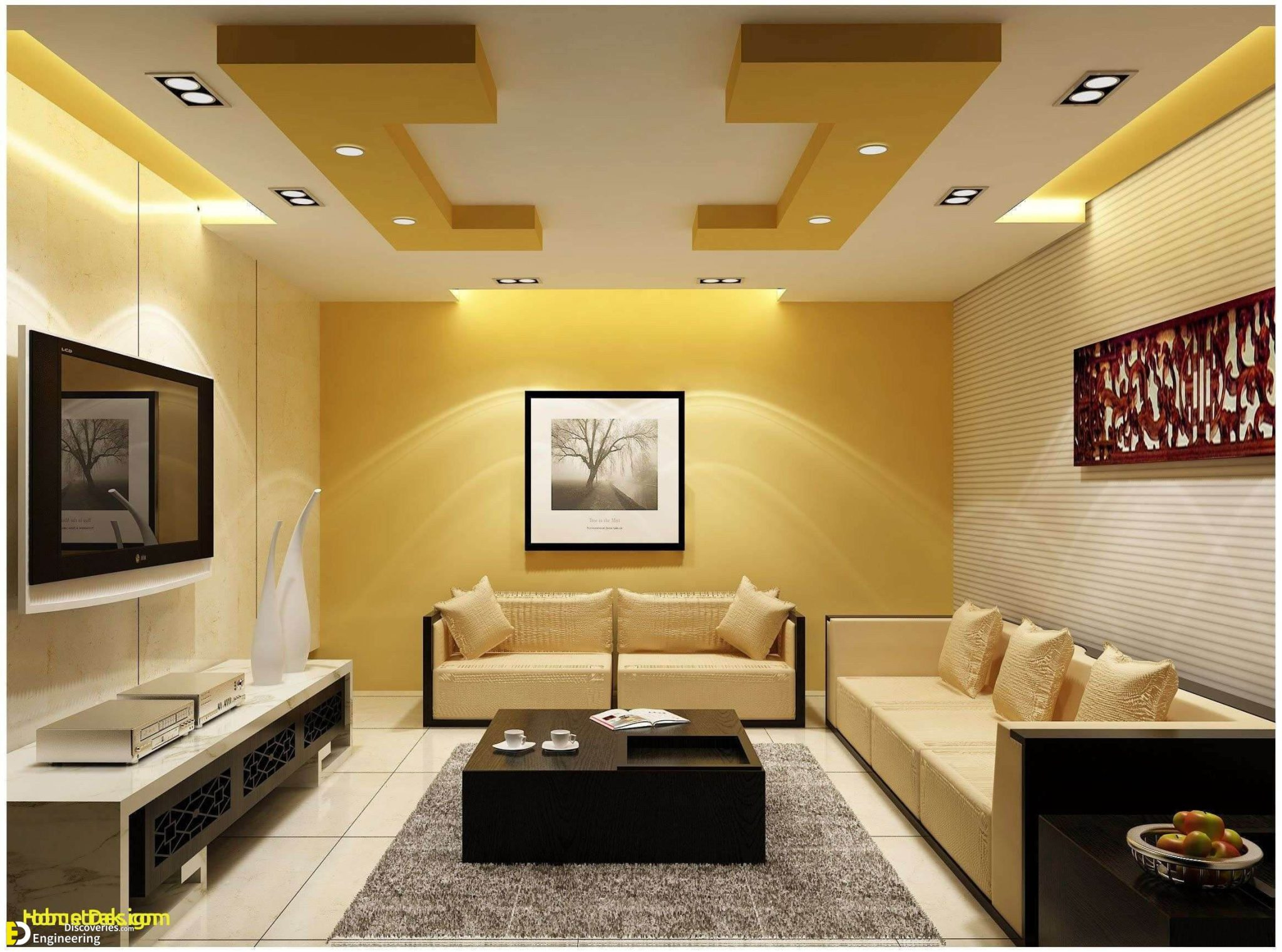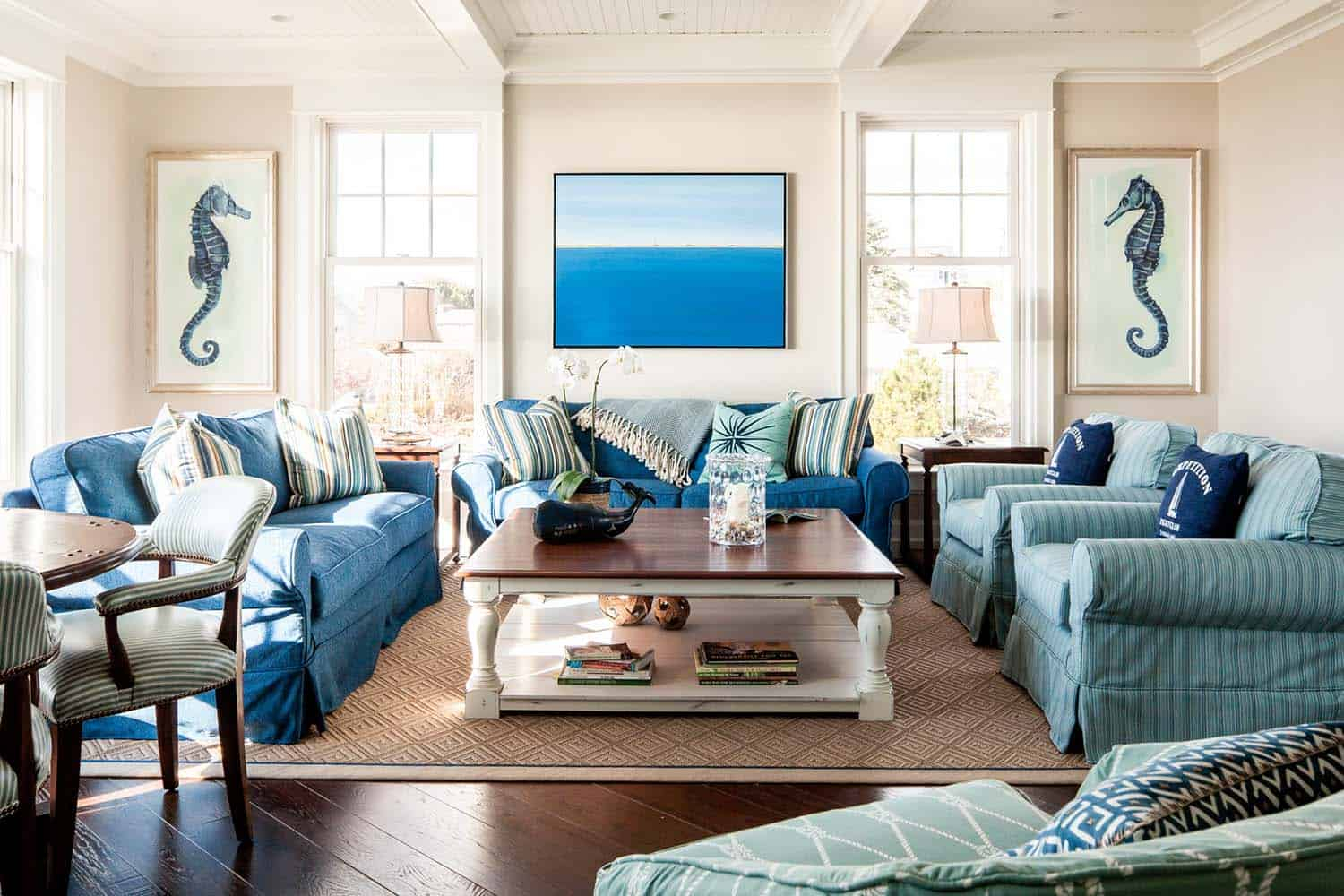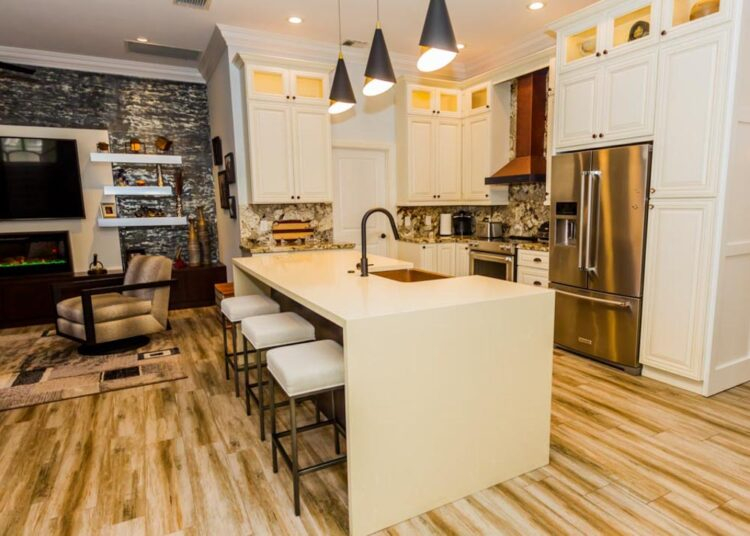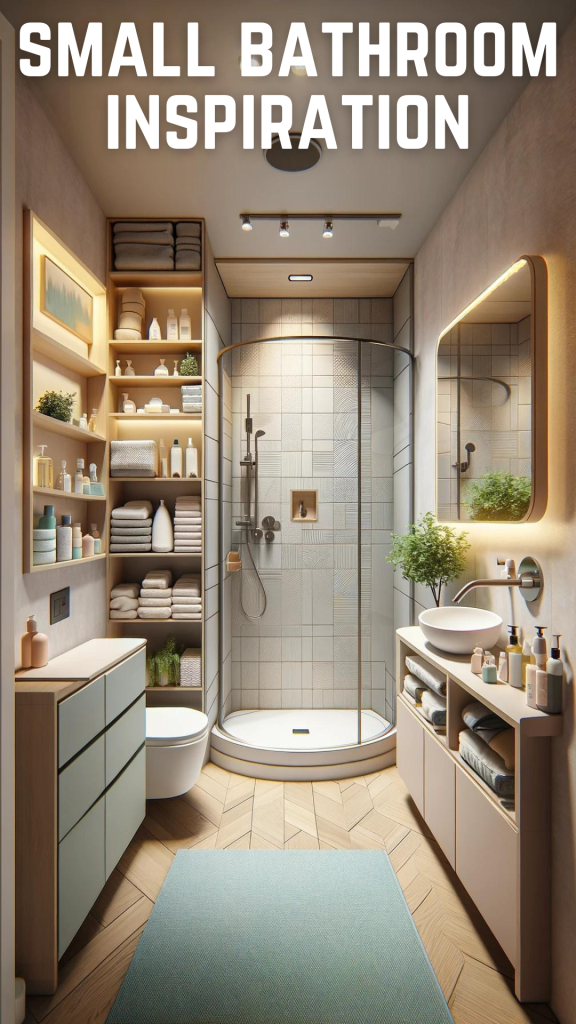Walk into any restaurant today, and it’s more than just a place to eat. The atmosphere, the feel, the very design of the space plays a massive role in how we experience our meal and our time there. We’re seeing a huge shift, a real evolution in how restaurants are being put together. It’s not just about tables and chairs anymore; it’s about crafting a story, an emotion, a whole vibe. Let’s dive into what’s cooking in the world of restaurant interior design and what the future holds for these crucial dining environments.
Remember when a restaurant’s interior was just a backdrop? Those days are pretty much gone. Nowadays, the design is a star player, just as important as the menu or the service. People are looking for more than just sustenance; they crave experiences. And where do you think those experiences are primarily crafted? Right in the heart of the restaurant’s design. It’s a delicate dance between aesthetics and functionality, between creating a memorable mood and ensuring everything runs smoothly behind the scenes. From cozy cafes to high-end eateries, the way a space is envisioned absolutely shapes our perception and our overall enjoyment. We’re talking about creating environments that resonate, that invite you to linger, and that make you want to come back for more. So, what’s next on the design horizon? Let’s find out.
Sustainability Takes Center Stage
One of the biggest currents we’re seeing is a deep commitment to sustainability. It’s not just a buzzword anymore; it’s a fundamental principle guiding choices. Think reclaimed wood that tells a story, recycled glass that sparkles with new life, and natural, non-toxic finishes that are kind to both people and the planet. Restaurants are opting for materials with a lower environmental footprint, and this conscious approach often translates into a unique and authentic aesthetic. For example, a restaurant might use salvaged bricks from an old building, giving their space a raw, historical charm while reducing waste. Or perhaps they’re incorporating living walls, not just for visual appeal, but to improve air quality and bring a touch of nature indoors. This trend is about creating beautiful spaces that also feel good to be in, knowing that thoughtful, responsible choices were made. It’s a win-win, really. It shows care, not just for the customer, but for the wider world too. And that kind of ethos really shines through in the final look and feel.
Biophilic Design: Bringing the Outdoors In
Following on from sustainability, biophilic design is another massive trend. This is all about connecting the indoor environment with nature. We’re talking abundant natural light, plenty of plants – from delicate ferns to statement trees – and the use of natural materials like stone, wood, and water features. The goal is to create spaces that feel calming, restorative, and invigorating, mimicking the positive effects of being in nature. Imagine dining under a canopy of lush greenery, or having a meal beside a gently flowing water element. These spaces can significantly reduce stress and enhance overall well-being, making the dining experience feel more holistic. It’s about creating an oasis, a sanctuary away from the hustle and bustle. Restaurants are realizing that a connection to the natural world can profoundly impact how people feel and interact within their space. It’s not just decor; it’s about creating an atmosphere that nurtures the soul. And who wouldn’t want that during a meal?
Immersive and Experiential Spaces
The future of dining is increasingly about creating an immersive experience, where the interior design plays a crucial role in telling a story or evoking a specific mood. This can range from themed restaurants that transport you to another time or place, to more subtle approaches using lighting, sound, and even scent to create a unique atmosphere. Think about restaurants that use projection mapping to change the ambiance throughout the evening, or those that incorporate live music and performance art seamlessly into the dining space. Some places are even designing kitchens to be more visible, turning the act of cooking into a performance. It’s about engaging all the senses and making dining an unforgettable event. The interior becomes a stage, and the meal is the main act. This approach really elevates the dining occasion, making it more than just eating; it’s entertainment and engagement all rolled into one. People are seeking out these unique, shareable moments, and clever design is key to delivering them.
Flexibility and Multi-Functionality
As our lifestyles evolve, so too must the spaces we use. We’re seeing a growing demand for restaurant interiors that are adaptable and multi-functional. This means designing spaces that can easily transition from a bustling lunch spot to a cozy dinner venue, or even accommodate private events. Movable partitions, modular furniture, and clever lighting schemes are all part of this trend. The idea is to maximize the utility of the space and cater to a variety of needs throughout the day or week. For instance, a restaurant might have a central dining area that can be sectioned off for private parties using sliding panels and adjustable lighting. Or perhaps a bar area that doubles as a casual workspace during the day and a vibrant social hub at night. This adaptability not only makes good business sense, ensuring the space is always being utilized effectively, but it also offers patrons a more versatile and responsive dining environment. It’s about designing for the modern diner who appreciates both efficiency and a dynamic atmosphere.
Technology Integration: Seamless and Subtle
Technology is becoming more integrated into restaurant design, but the best approaches are often subtle and enhance the user experience without being intrusive. Think about smart lighting systems that adjust to the time of day and occupancy, or discreet charging stations for devices. Some restaurants are using digital menus that can be updated instantly, offering more dynamic content and reducing paper waste. Then there are the innovative kitchen technologies that improve efficiency and allow chefs to be more creative, which can sometimes be showcased as part of the dining experience itself. The key here is that technology should serve the comfort and convenience of the diner, and also support the operational flow of the restaurant. It’s not about overwhelming people with gadgets, but about using technology to create a smoother, more enjoyable, and perhaps even more personalized dining journey. It’s about smart design that makes life easier and more pleasant.
The Rise of ‘Instagrammable’ Moments
Let’s be honest, in the age of social media, a restaurant’s visual appeal is hugely important for its marketing. This has led to a focus on creating ‘Instagrammable’ moments – unique design features or visually striking elements that people want to photograph and share online. This could be anything from a stunning mural or a beautifully designed lighting fixture to an elaborately presented dish or a particularly photogenic corner of the restaurant. Designers are increasingly thinking about how different elements will translate online, aiming to create visually compelling spaces that naturally generate buzz. It’s not just about aesthetics for the sake of it; it’s about creating memorable focal points that contribute to the restaurant’s identity and its reach. A well-placed neon sign, a quirky seating arrangement, or a vibrant floral installation can all become talking points and passive advertising. This trend highlights the powerful connection between physical space and digital presence in today’s world.
So, what does all this mean for the future of restaurant interior design? It’s clear that spaces are becoming more intentional, more experiential, and more deeply connected to both the environment and the people who inhabit them. We’re moving beyond mere aesthetics to create holistic environments that cater to our senses, our well-being, and our desire for connection and memorable experiences. Sustainability, nature, immersive storytelling, adaptability, smart technology, and that all-important visual appeal are all shaping the dining spaces of tomorrow. Restaurants that embrace these trends will not only be setting themselves apart but will also be creating environments that truly resonate with diners, making every meal an occasion to remember. It’s an exciting time to witness and participate in this evolution of how and where we dine.

